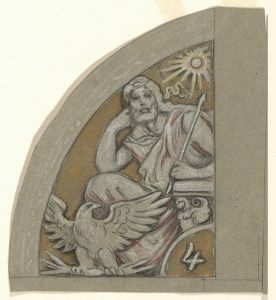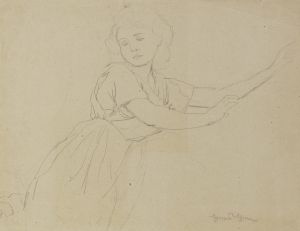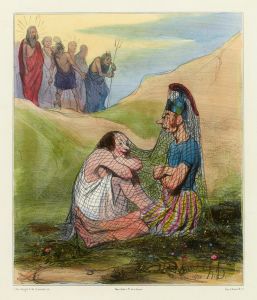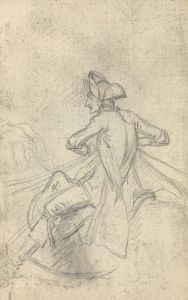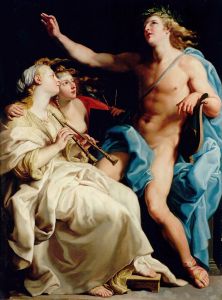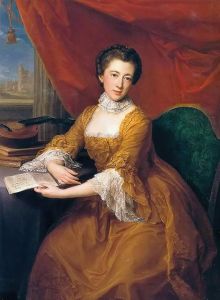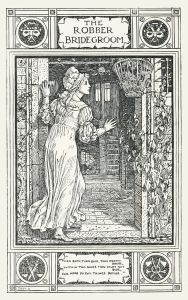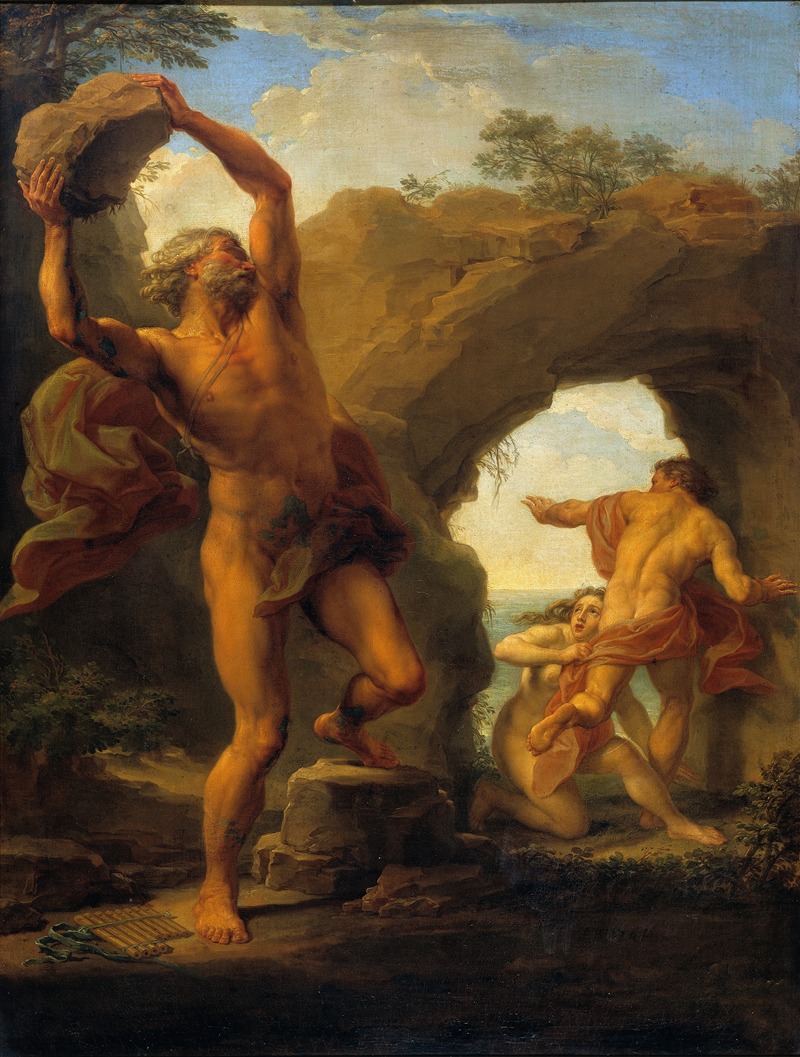
Atis and Galathea
A hand-painted replica of Pompeo Batoni’s masterpiece Atis and Galathea, meticulously crafted by professional artists to capture the true essence of the original. Each piece is created with museum-quality canvas and rare mineral pigments, carefully painted by experienced artists with delicate brushstrokes and rich, layered colors to perfectly recreate the texture of the original artwork. Unlike machine-printed reproductions, this hand-painted version brings the painting to life, infused with the artist’s emotions and skill in every stroke. Whether for personal collection or home decoration, it instantly elevates the artistic atmosphere of any space.
Pompeo Batoni's painting "Atis and Galathea" is a notable work by the Italian artist, who was one of the most celebrated painters of the 18th century. Batoni, born in Lucca in 1708, was renowned for his skill in combining elements of the classical tradition with the emerging Rococo style, making him a sought-after portraitist and history painter during his lifetime.
The painting "Atis and Galathea" depicts a scene from classical mythology, a common theme in Batoni's oeuvre. The myth of Atis and Galathea originates from Greco-Roman mythology, where Galathea is often portrayed as a sea nymph or a nereid. In various mythological accounts, she is associated with beauty and love, often depicted in stories involving romantic pursuits and divine interactions.
In Batoni's interpretation, the painting captures the essence of the mythological narrative, focusing on the interaction between the characters. The composition is typical of Batoni's style, characterized by its harmonious balance, vibrant color palette, and meticulous attention to detail. Batoni's ability to convey emotion and narrative through facial expressions and body language is evident in this work, as he skillfully portrays the dynamics between the figures.
The painting reflects Batoni's academic training and his deep understanding of classical art. He was known for his study of ancient sculptures and his ability to incorporate classical ideals into his paintings. This is evident in the idealized forms and graceful poses of the figures in "Atis and Galathea," which echo the classical sculptures that Batoni admired and studied during his time in Rome.
Batoni's work was highly regarded by his contemporaries, and he received numerous commissions from European nobility and royalty. His paintings were sought after for their elegance and the artist's ability to capture the likeness and character of his subjects. "Atis and Galathea" is a testament to Batoni's skill in blending mythological themes with the refined aesthetic that characterized his portraiture.
The painting is part of Batoni's broader body of work, which includes both religious and secular subjects. His ability to navigate different themes and styles contributed to his reputation as one of the leading artists of his time. Batoni's influence extended beyond his lifetime, as his works continued to be admired and studied by artists and art historians.
Today, "Atis and Galathea" is appreciated not only for its artistic merit but also for its contribution to the understanding of 18th-century European art. Batoni's work remains an important part of art historical studies, offering insights into the cultural and artistic milieu of his era. The painting exemplifies Batoni's mastery of combining classical themes with the stylistic elements of his time, making it a significant piece in the canon of Western art history.





